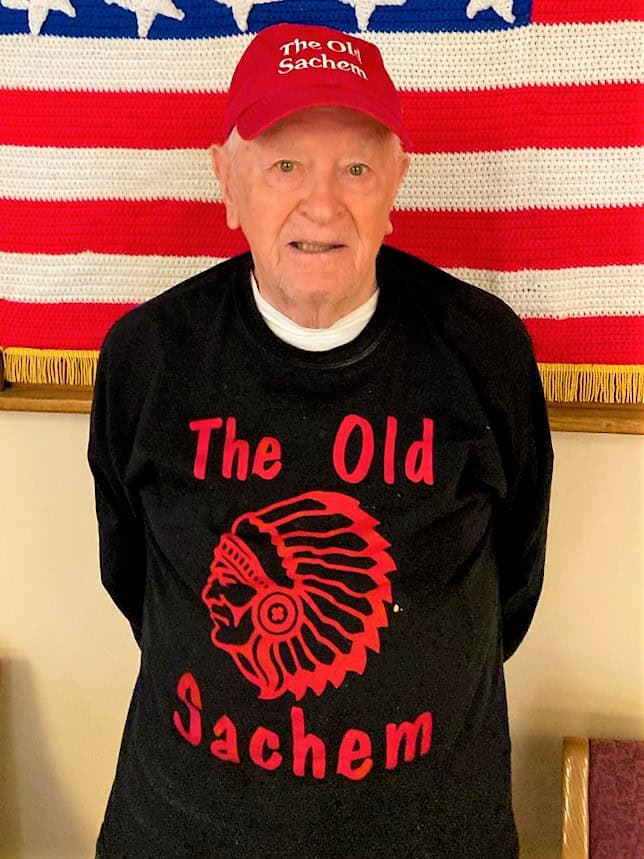By Bill Stewart
The Pequot War was an armed conflict between the Pequot tribe and colonists from Massachusetts Bay, Plymouth, Saybrook and their Indian allies of Narragansett and Mohegan tribes. The war ended in 1638 as the forces defeated about 700 Pequots, killing about 500. The remaining were sold into slavery.
The Pequot and Mohegan tribes were allies before the coming of the colonists. Around 1630 the Connecticut River Valley had a problem because the Pequots wanted more land and fought the Wampanoag in the north, the Narragansett to the east and the Algonquian and Mohegan to the west. The colonists were also seeking more territory for settlements. English Puritans wanted dominance in the areas and settled in Windsor, Wethersfield, Hartford and Springfield – pushing the Indians out.
John Stone and seven of his crew were killed by a subgroup of the Pequots named the Niantics. Stone was from the West Indies and had been banned from Boston for malfeasance, including drunkenness, adultery and piracy. Colonial officials felt that the Indians had no right to kill any colonists, even ones they penalized themselves.
There was The Great Hurricane in 1635 in the colony area, which added to the problems, including winter food supply, and the colonists were ill prepared to avert famine. Tensions grew between the Pequot nation and the colonists. There was the case of John Oldham, who was killed by Indians, and colonist preachers put forth sermons against the Indians in the area. Governor Vane sent John Endecott to carry out revenge.
There were over 50 years of disputing land areas used for grazing the colonies’ livestock and fishing spots, and interracial insensitivities, and additional land needed by the colonists was formerly settled by the Indians. Troubles continued between colonists and Indians and eventually erupted into what became King Philip’s War from 1675 to 1676. Philip, whose real name was Metacom, son of Massasoit who greeted the colonists in 1621, was the sachem of the Wampanoag tribe. The war was also caused by the Plymouth Colony killing three of Philip’s warriors. They had been tried and convicted of killing John Sassamon, a Harvard educated “praying Indian” who had converted to Puritanism and who served as an interpreter and advisor to Philip, but Philip had accused him of spying for the colonists.
The Wampanoags did a series of raids against the Swansea village of Massachusetts, killing many colonists and destroying property. They continued many attacks against the Plymouth Colony. Governor Josiah Winslow formed a militia and attacked a large Narragansett and Wampanoag fort near the Great Swamp in West Kingston, Rhode Island, and over 300 Indians died from the attack, and this forced the Narragansetts to join with King Philip’s Wampanoags. They continued throughout the winter of 1676 to attack colonies of Massachusetts, Rhode Island, Connecticut and Maine. Led by Chief Canonchet they attacked Plymouth and forced most of the citizens to flee to the coast. The tribes annihilated Providence, Rhode Island.
The spring of 1676 saw Chief Canonchet captured, given to the Mohegans, shot, beheaded and quartered. On August 20, 1676, John Alderman shot and killed King Philip at Mt. Hope, R.I., and Philip was drawn and quartered and beheaded. There were minor clashes throughout New England and eventually the Treaty of Casco was signed in 1678, which ended the war.
King Philip’s War is considered the bloodiest war per capita in U.S. history. It included several hundred colonists dead and dozens of settlements destroyed or heavily damaged. Thousands of Indians were killed, wounded or captured and sold into slavery.
Thus ended one of the worst wars on American soil.
(Editor’s Note: Bill Stewart, who is better known to Saugus Advocate readers as “The Old Sachem,” writes a weekly column – sometimes about sports. He also opines on current or historical events or famous people.)


